Home of the legendary bridge
Having worked in logistics and supply chain management for many years, I have a particular interest in port cities. San Francisco is located on the West Coast of the United States and in the North of San Francisco Bay and is truly fascinating. One of the most famous landmarks in San Francisco is the Golden Gate Bridge - a symbol of the city with great views and beautiful scenery.
Sea lions bask peacefully on the pier
This 2.7 km long bridge is considered one of the architectural wonders of the 20th century, built when the United States was facing many difficulties with a budget of up to 35 million USD. The bridge plays a significant role in improving traffic and transportation needs, thereby contributing to the development of the economy .
The Golden Gate Bridge was originally gray but was later painted orange.
The bridge was completed in 1937 and is one of the largest and most beautiful cable-stayed suspension bridges in the world , connecting the East and West shores of San Francisco Bay. The name "Golden Gate" is not due to the color of the bridge but the name of the strait it crosses, which was named after former California Governor John C. Frémont described San Francisco Bay as the "golden gate" in 1846. The Golden Gate Bridge was originally gray but was later painted international orange to prevent corrosion.
Sea lion's peaceful place
Another area not to be missed is Fisherman's Wharf - a place with many restaurants, shops and entertainment activities, suitable for enjoying local cuisine and shopping. Visitors can also visit Union Square to shop in fashion stores and explore many trendy cafes. Fisherman's Wharf attracts visitors with fresh seafood restaurants, souvenir shops and entertainment activities such as street concerts and art performances.
My favorite place is Pier 39, near the central harbor area. The pier was built in 1936 as part of the Golden Gate International Exhibition. Initially, the pier was used to transport goods and passengers. However, in the 1970s, this area developed into a famous tourist destination. In 1990, after the great earthquake in San Francisco, sea lions began to gather on Pier 39. At first, their presence caused some inconvenience to visitors because the sightseeing area was divided into small groups. But over time, it became a rare feature of this place.
Pier 39 is a sea lion paradise. The sea lions don’t mind the crowds of people walking or stopping to watch. They rest and sun themselves on the floating wooden platforms that were once used for mooring boats. Since the early 1990s, there have been more than 150 sea lions at any given time. The Center for Marine Mammal Studies has recommended that the pier be given over to the sea lions and that the boats be moved to a new location. Since then, the boats have been moved to make room for the sea lions.
The sea lions have thus become very close to humans. The natural bay is free of predators such as orcas and great white sharks, and is rich in herring in the summer. Thus, the sea lions are safe and have plenty of food at the wharf.
According to the locals, at peak times there were up to 1,700 sea lions. They were not bothered by the large number of tourists and of course, the locals and tourists also felt peaceful and comfortable when admiring these large and gentle animals lying down and enjoying everything in their own way.
San Francisco taught me a lesson about the harmony between humans and nature and that all species can still share warmth and peace under the same sky with respect, kindness and love.
"California law does not allow anyone to care for, feed, or threaten sea lions. They even have the right to bite humans without fear of being "sued" if threatened or felt in danger.
Source: https://nld.com.vn/noi-toi-den-san-francisco-196240718201928256.htm


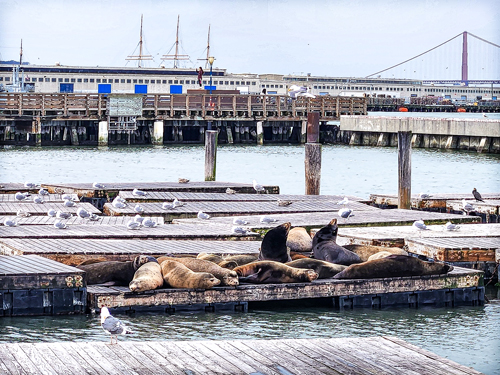
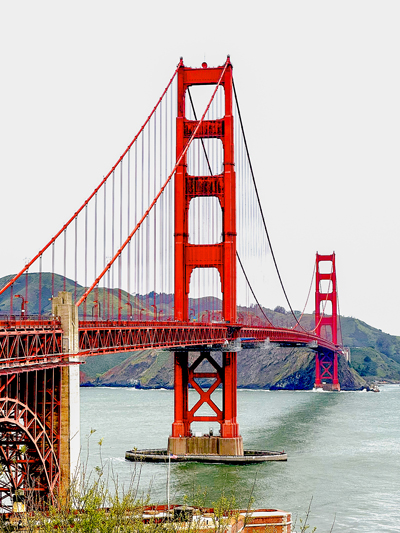

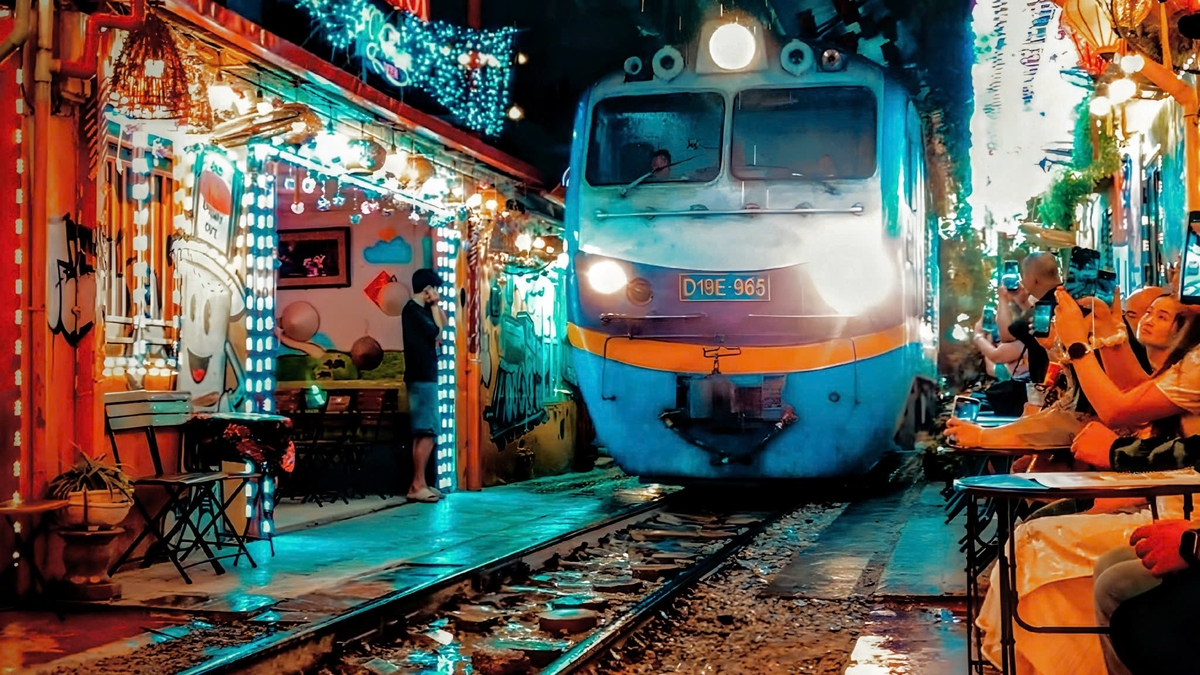


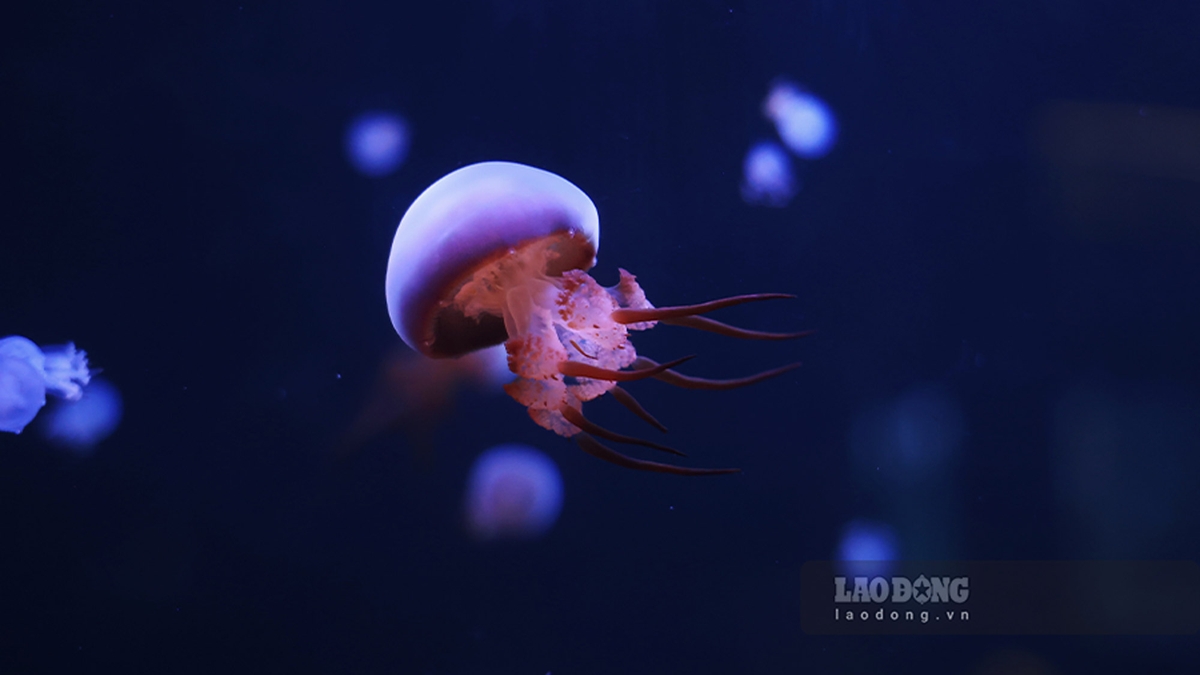
![[Photo] Opening of the 14th Conference of the 13th Party Central Committee](https://vphoto.vietnam.vn/thumb/1200x675/vietnam/resource/IMAGE/2025/11/05/1762310995216_a5-bnd-5742-5255-jpg.webp)
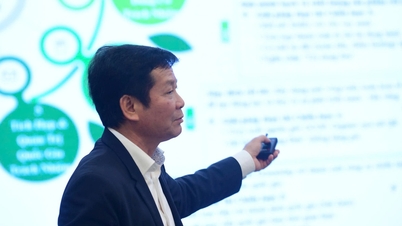

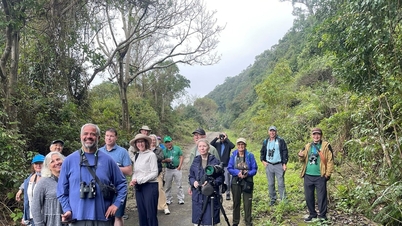

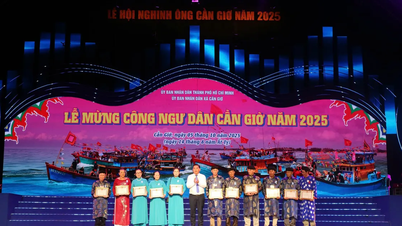

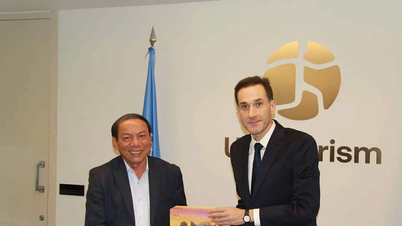

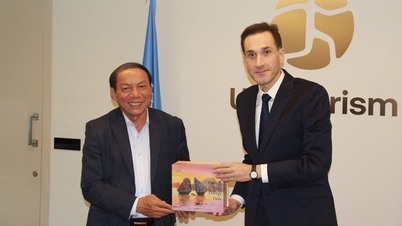
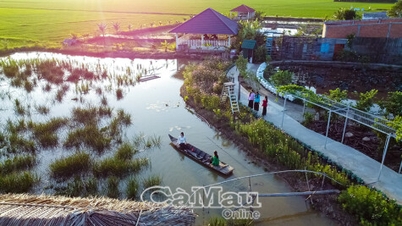

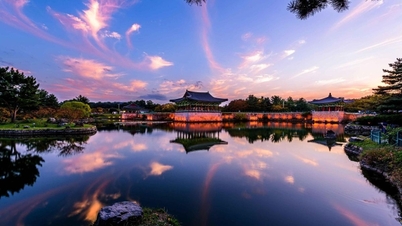

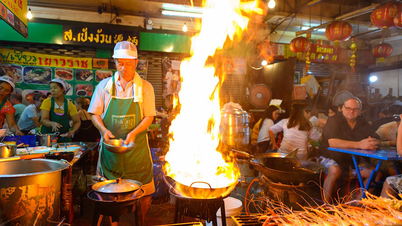


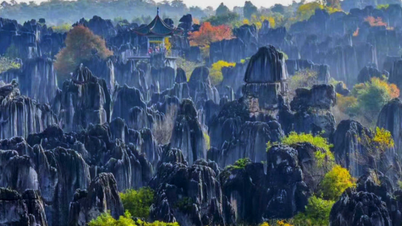

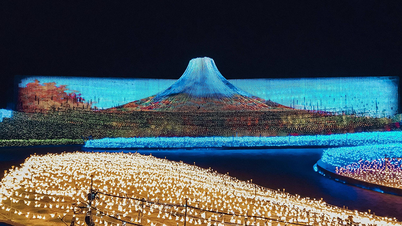

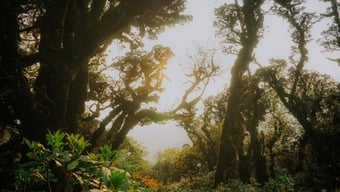






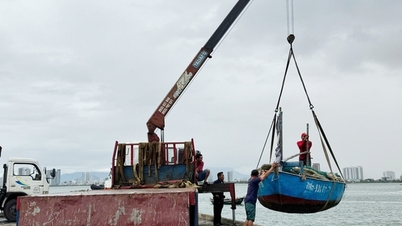


![[Photo] Panorama of the Patriotic Emulation Congress of Nhan Dan Newspaper for the period 2025-2030](https://vphoto.vietnam.vn/thumb/1200x675/vietnam/resource/IMAGE/2025/11/04/1762252775462_ndo_br_dhthiduayeuncbaond-6125-jpg.webp)
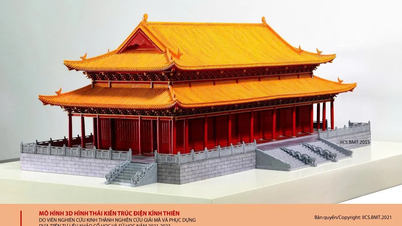




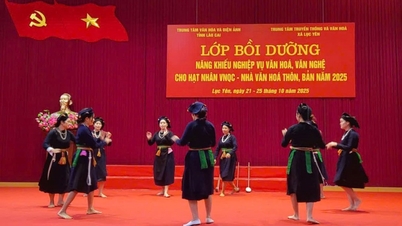


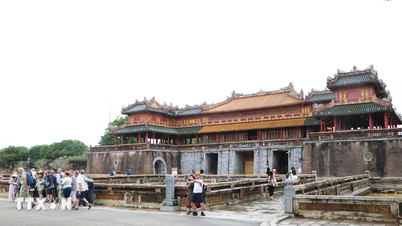







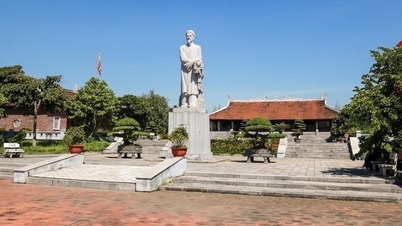




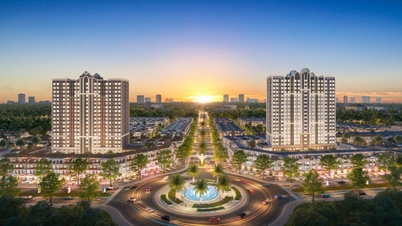






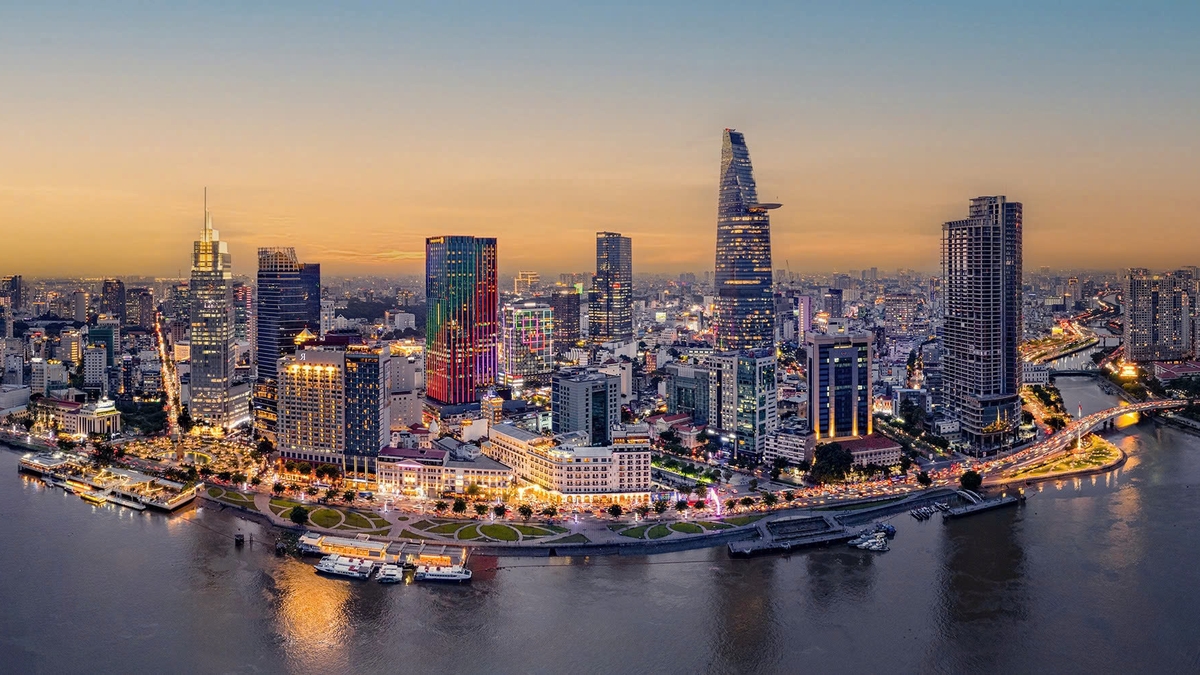
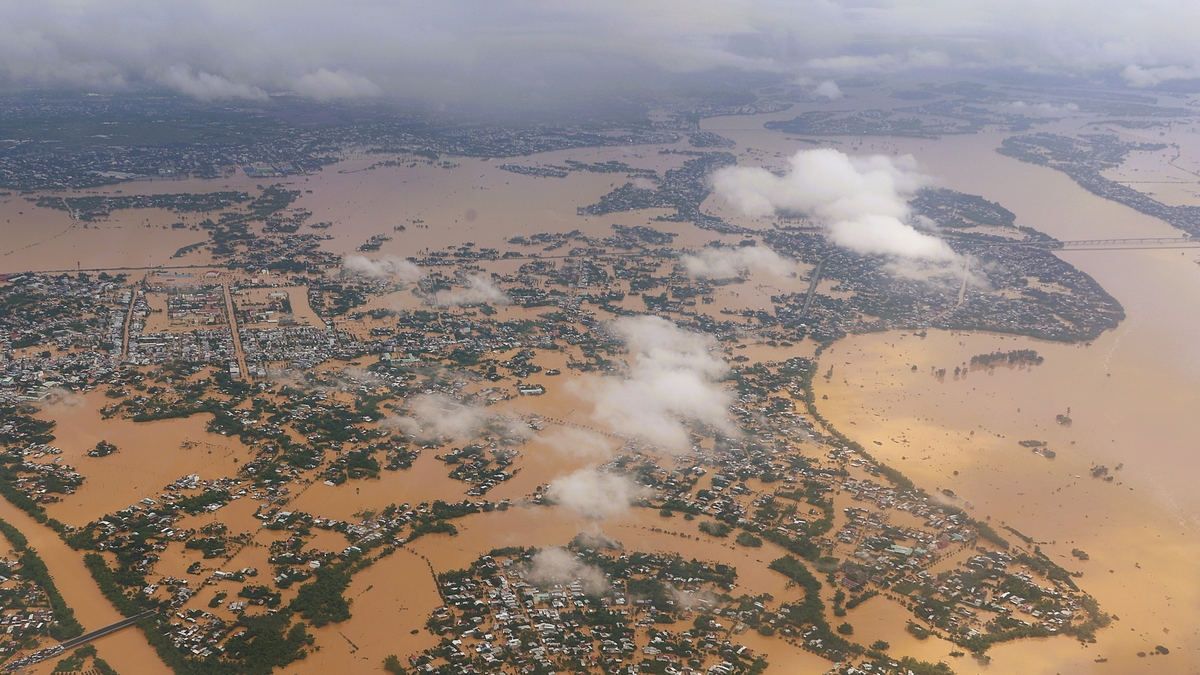
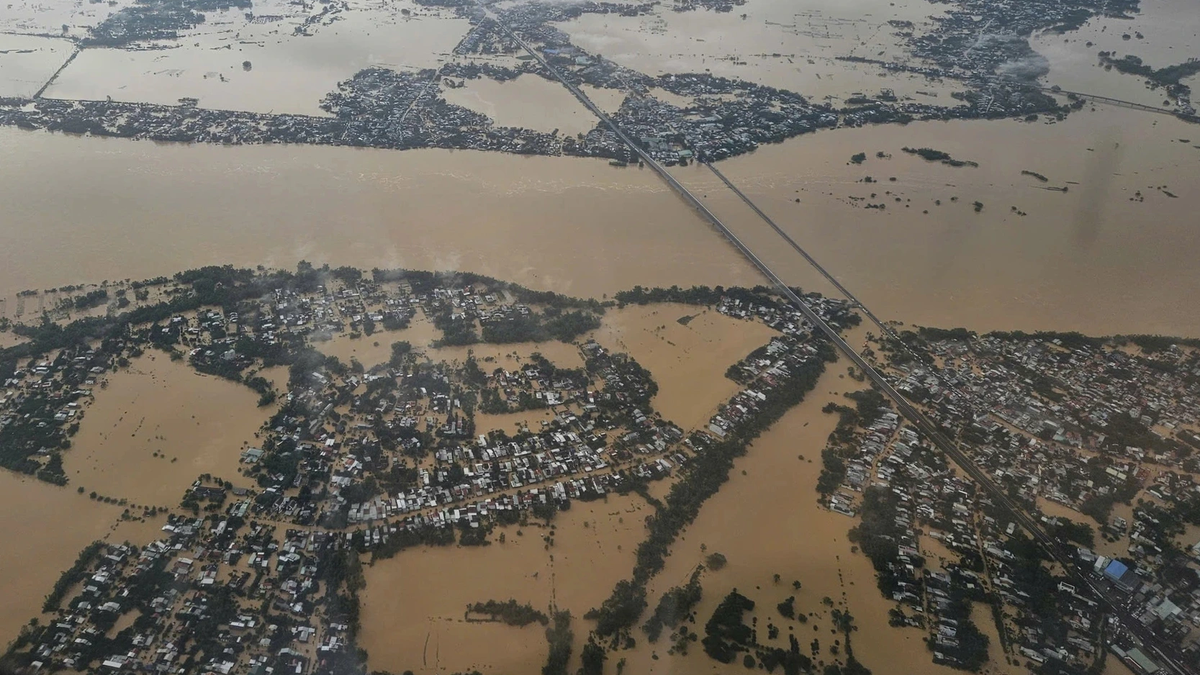
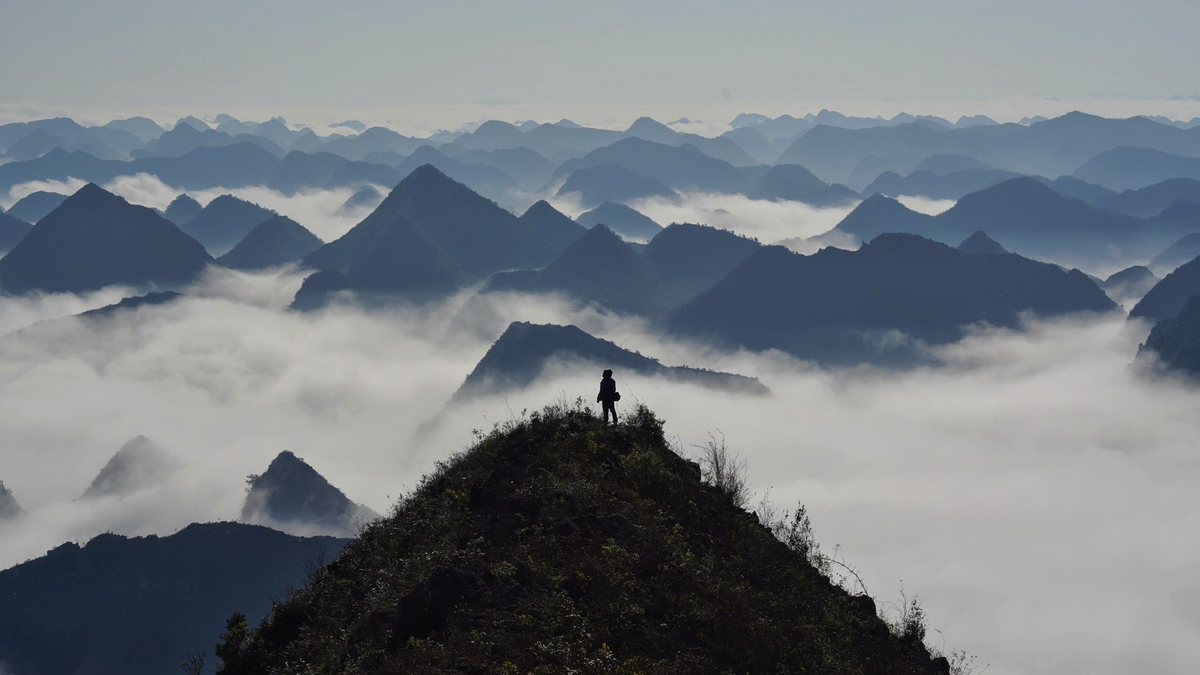
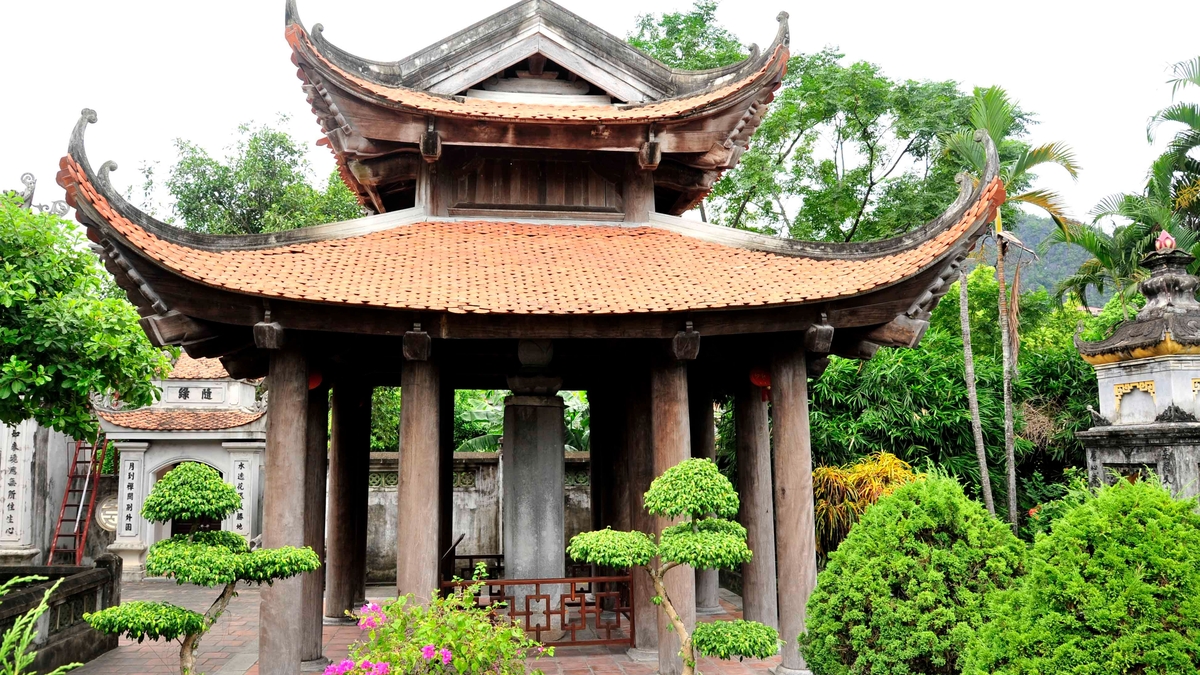
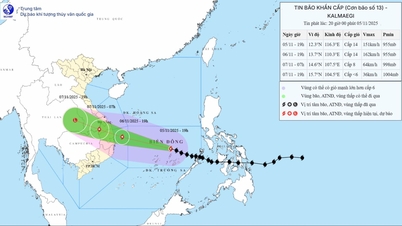




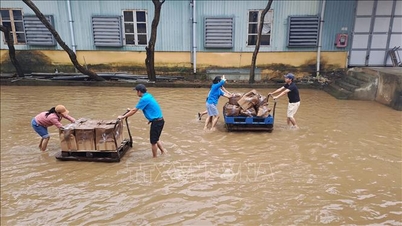





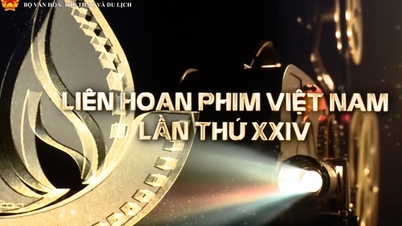



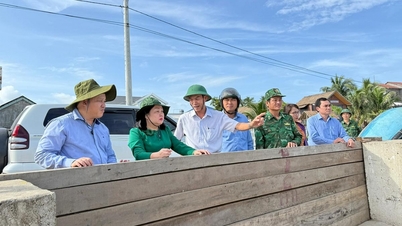

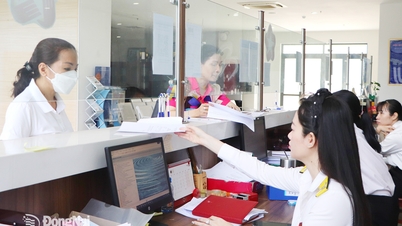






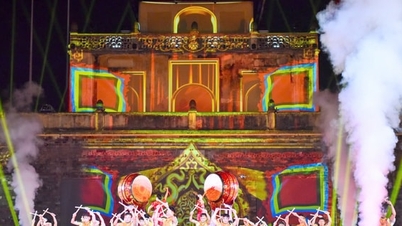











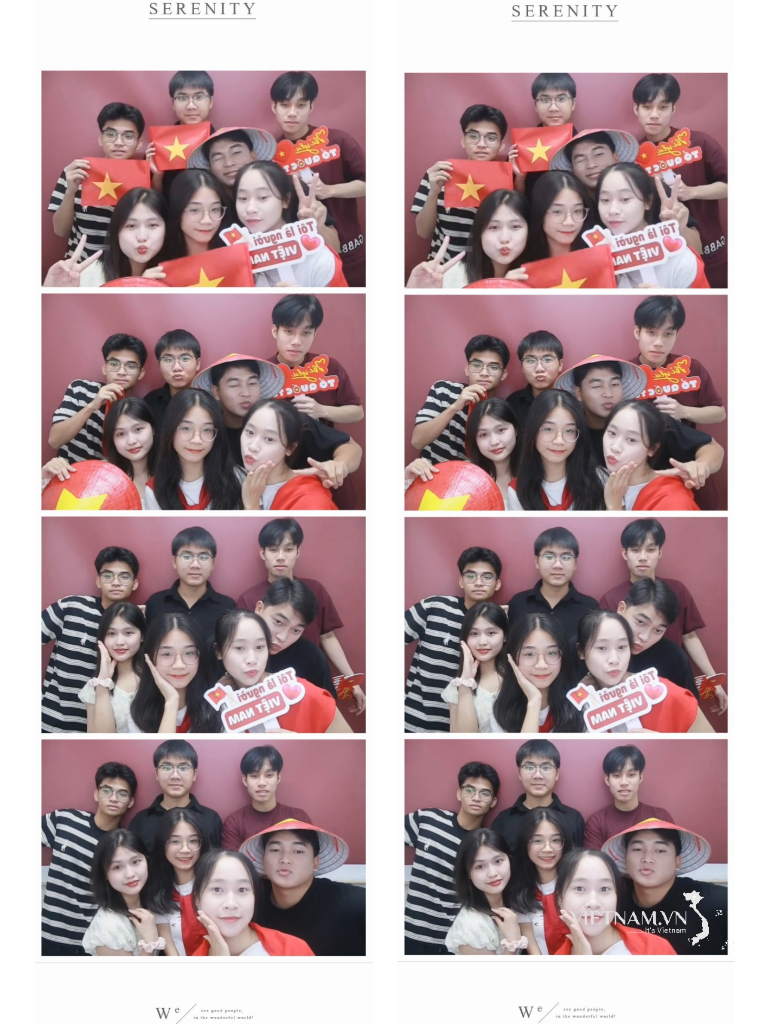



Comment (0)